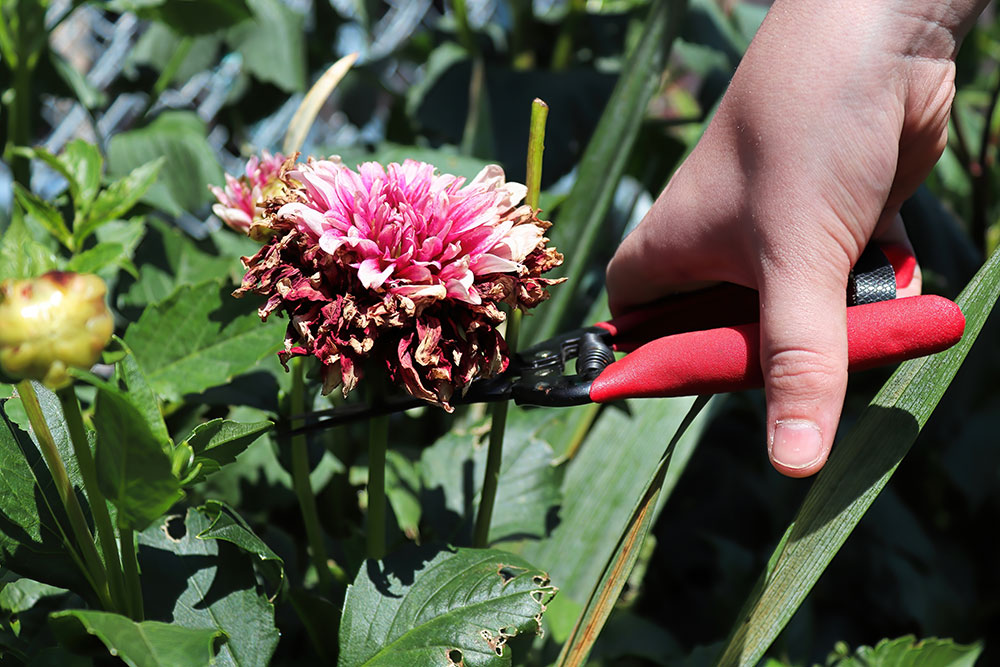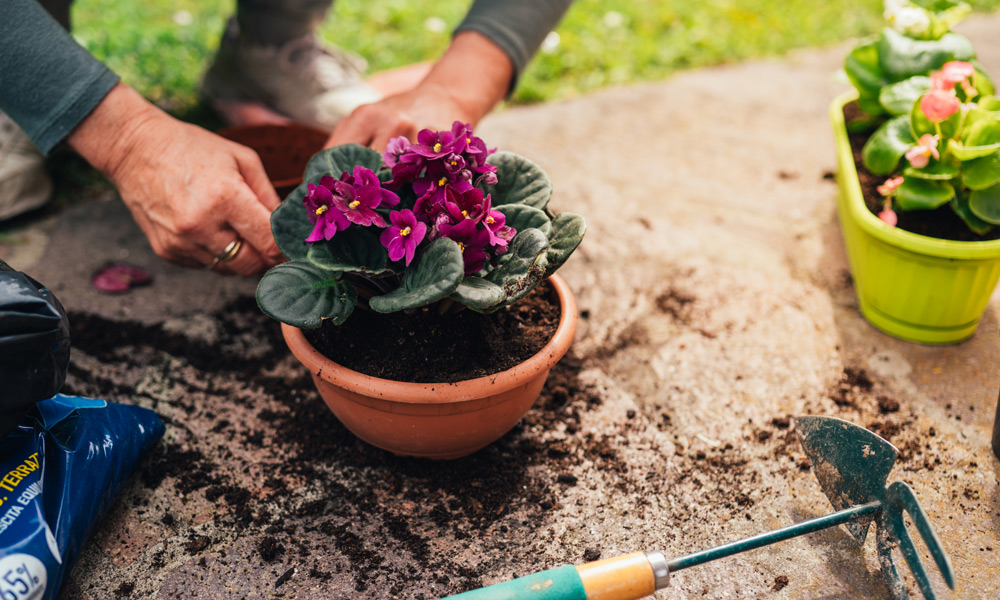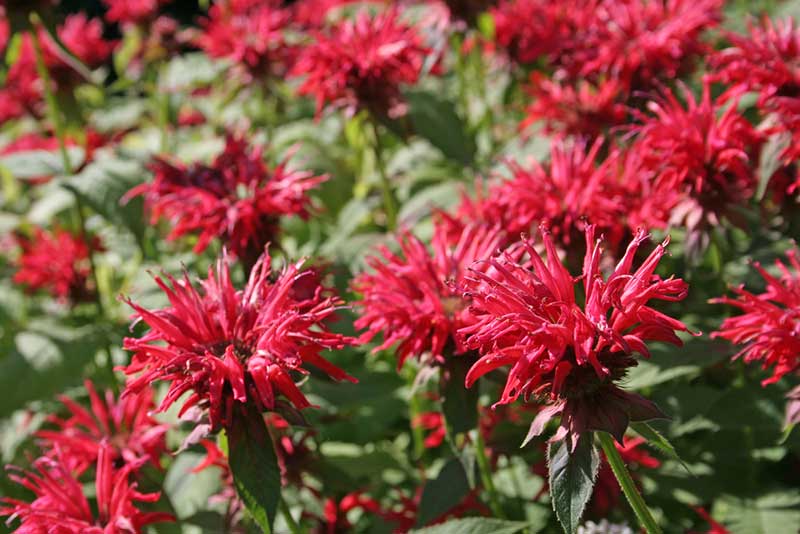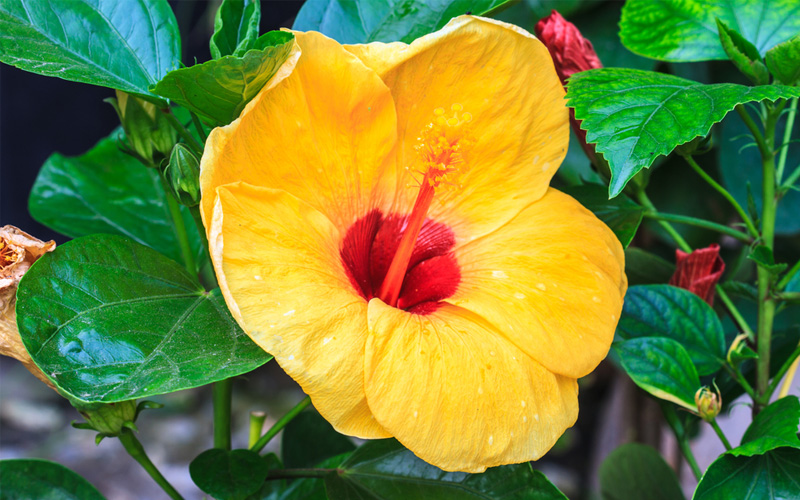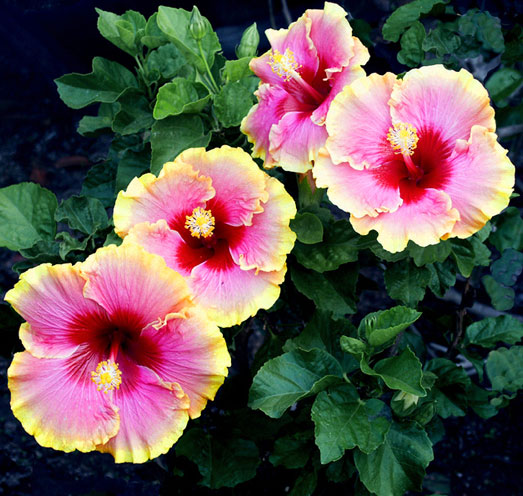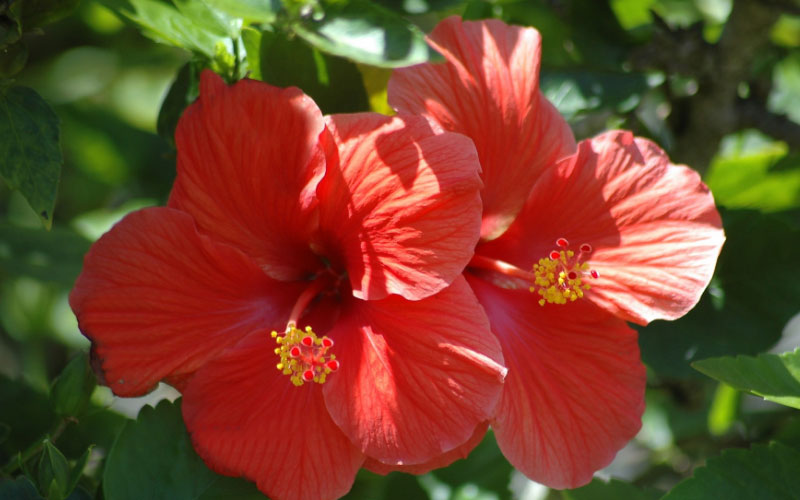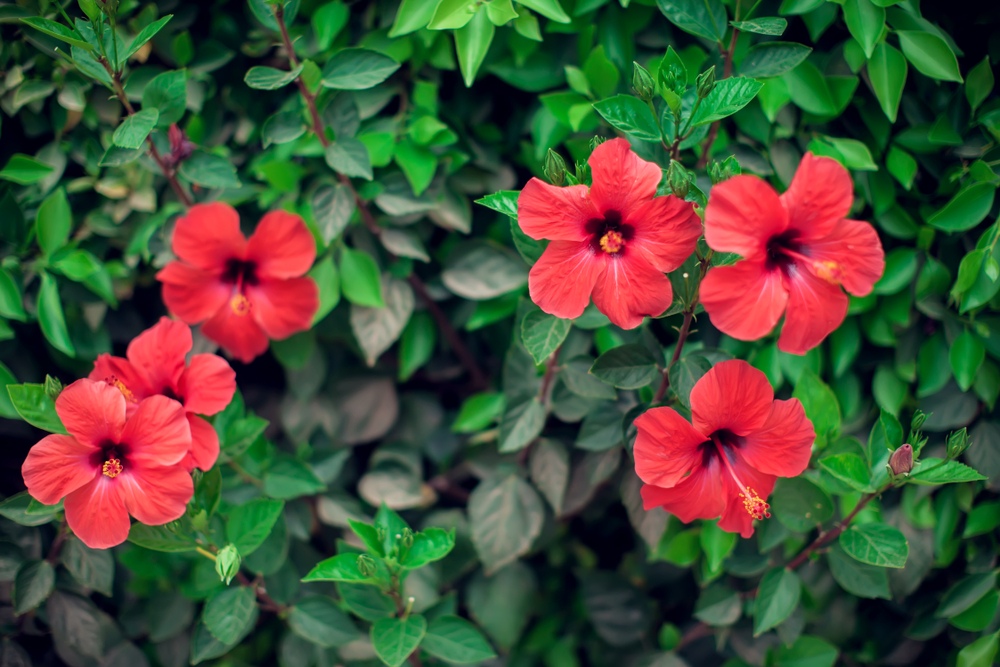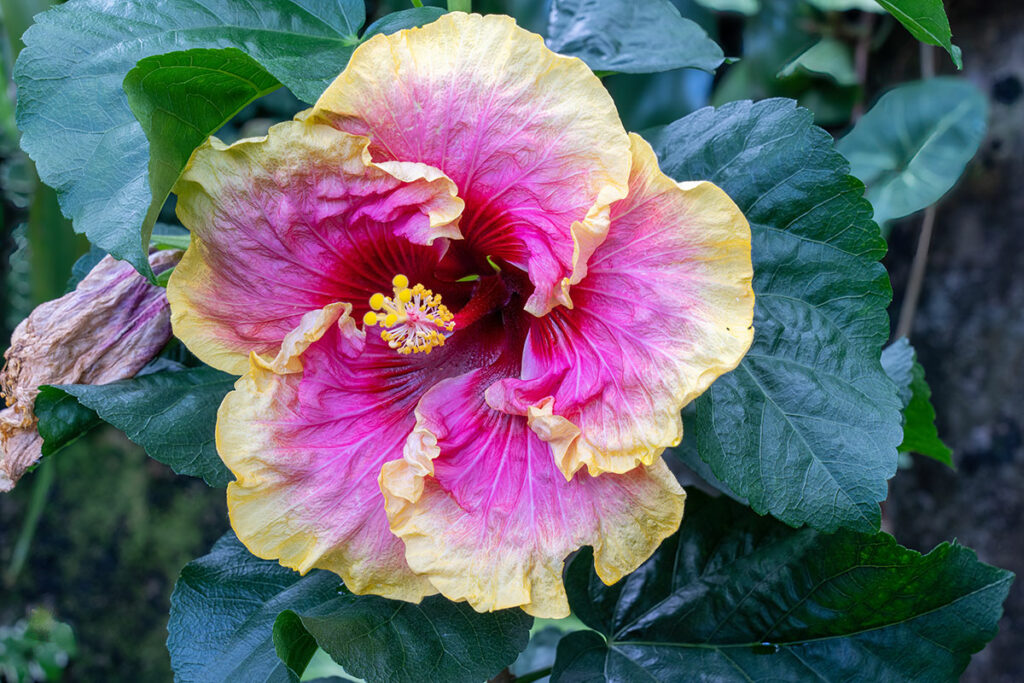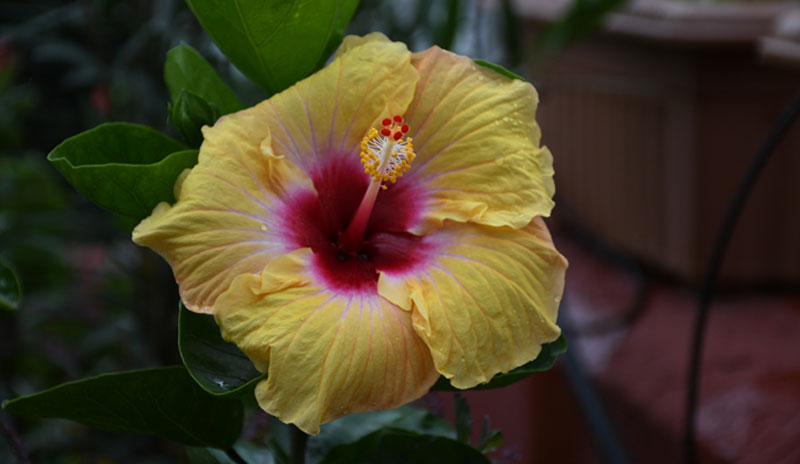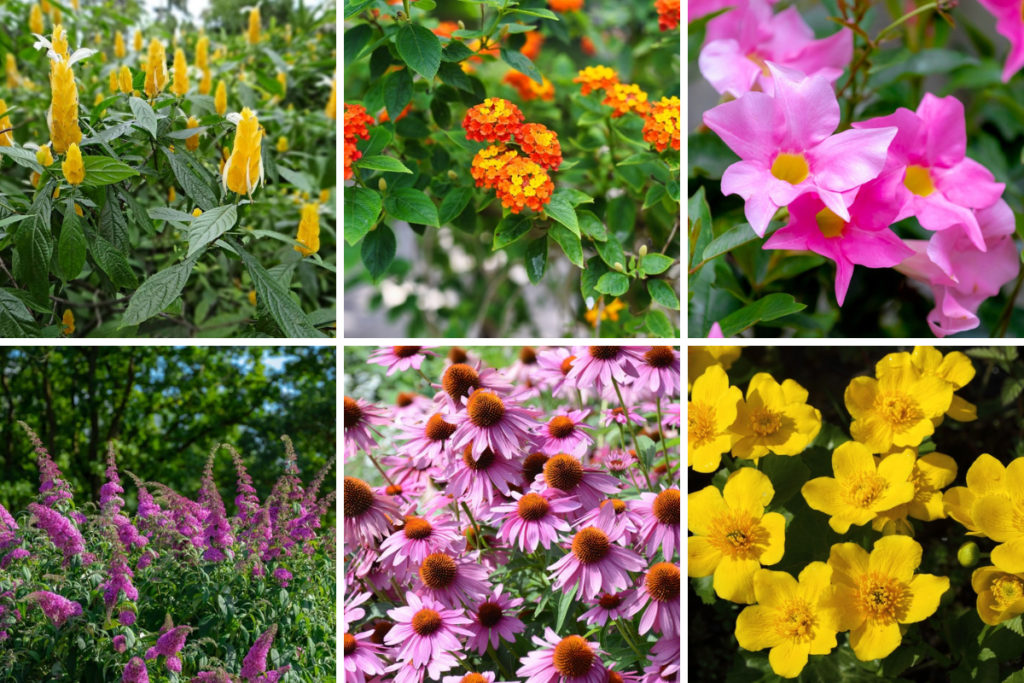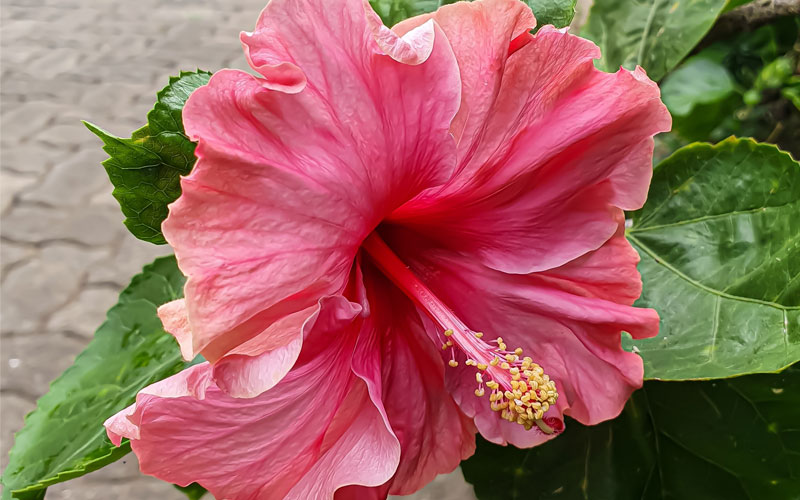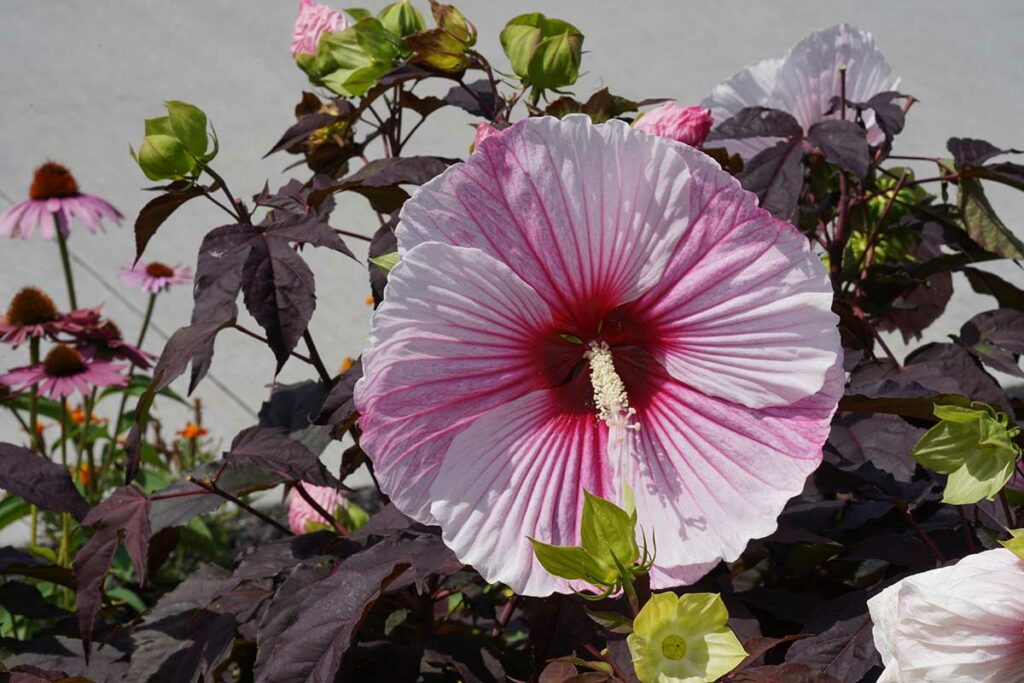Hibiscus is the general name for a range of plants including Rose-of-Sharon, mallow, and tropical hibiscus. It also includes roselle, which looks quite different, but is used to make hibiscus tea.
The confusion in common names and scientific classification often causes issues with large plant groups like hibiscus. In this case, all true roselle plants—which might be known locally as rosella, red sorrel, Florida cranberry, or Jamaica sorrel—are hibiscus plants, but not all hibiscus plants are roselle.
About Hibiscus
There are two main types of hibiscus plants common in home gardening and landscaping: perennial hibiscus, which is hardy in USDA zones down to four, and tropical hibiscus, which must be planted in a container and brought indoors unless you live in zones 10-12. Both have large, showy blooms and make a great statement plant.
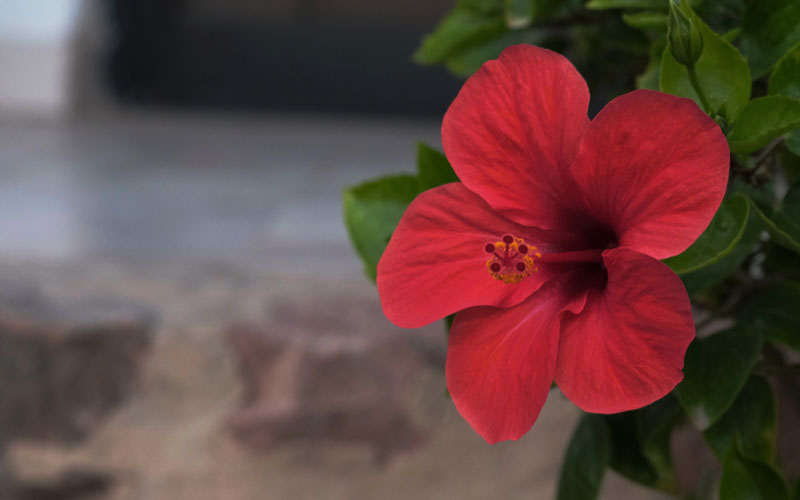
Varieties and Usage
There are many varieties within the two main groups of hibiscus, each with their own unique look and growing requirements.
Perennial Hibiscus
This group includes plants like Rose-of-Sharon (sometimes called althea), and a range of mallow plants, including Confederate Rose Mallow. The hardiness of different types varies, so be sure to check with a local plant nursery to see what works well in your specific area.
Tropical Hibiscus
These varieties are classic tropical flowers and come in many vibrant colors. They tend to bloom longer than their hardy cousins, and their flowers are more exotic looking, with ruffled edges, multi-colored patterns, and petals that span up to 10 inches! They’re fragile when it comes to temperature, so if you don’t live somewhere tropical, make sure you’ve got a heated indoor space for your plant to overwinter.
Typically, hibiscus plants are edible. The flowers have a mild flavor and can be used in the same way as squash blossoms. The stems, roots, and leaves contain a milky sap, which has a wide range of culinary uses from thickening soups (like okra), to being whipped into a meringue-like dish.
Growing Conditions
Despite differing temperature preferences, perennial and tropical hibiscus share many requirements for other growing conditions. They prefer to be well watered; some hardy varieties will do best in low-lying marshy areas. Inadequate watering can cause plants to drop their flower buds before blooming.
Always situate your hibiscus, whether potted or planted, in full sun, or, if you must, slight afternoon shade. The more sun they get, the more flowers will bloom!
Care and Maintenance
Hibiscus plants require relatively light maintenance. Remove spent flowers as soon as they’ve closed to encourage more blooms. For hardy hibiscus plants, don’t cut back stems at the end of the summer; wait until spring brings new growth and trim accordingly.
For tropical plants, trim back the plant before bringing it indoors at the end of the season. The plant is entering its dormant phase, so water less frequently in winter. Don’t panic if your hibiscus loses many of its leaves—they’ll grow out again in spring!
About Roselle
With its unusual scarlet calyx (the cup-like structure at the base of its flowers), roselle is often called Florida cranberry, not only to describe the color, but also the taste of the tart calyces.
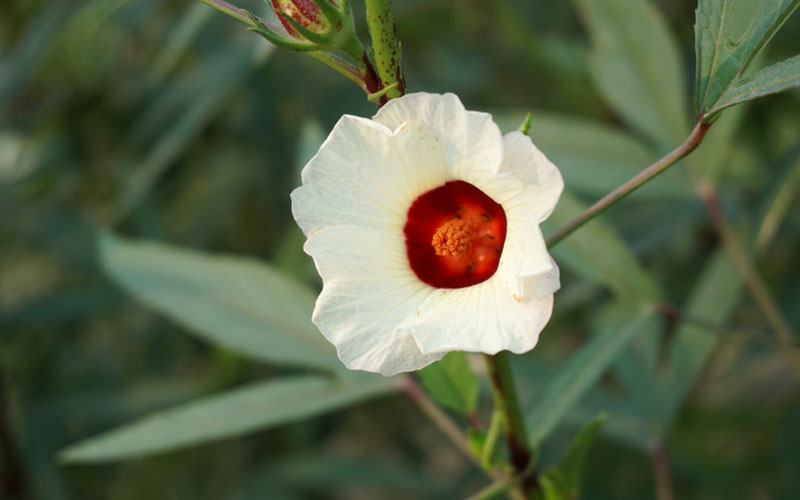
Varieties and Usage
Unlike tropical or hardy hibiscus varieties, roselle is typically cultivated not for its beauty, but for its flavor. The leaves are edible, as well as the calyces.
There are several varieties of roselle available for purchase either as seeds, cuttings, or young plants. Heirloom varieties breed true, and can be re-grown from saved seeds each year.
Growing Conditions
Roselle is commonly grown as an annual, though in some very warm locations, it may overwinter, and has been known to re-seed itself. If starting indoors, be sure to start early! It takes these plants four to five months to mature enough to bloom. They are frost sensitive as well, so if you live in northern climes, you may find growing roselle challenging.
Choose a well-drained site with full sun, and separate plants by four to five feet.
Care and Maintenance
Trim your roselle plants back to encourage a bushy growth form—more side-branches means more flowering stems. Water regularly, and stake or trellis any branches that threaten to fall over or break.
Harvest when calyces are still tender; leave them too long and they’ll get hard and dry. The more you harvest, the more blooms your plants will set, so you won’t need many plants to get a bountiful harvest.
Related Articles

